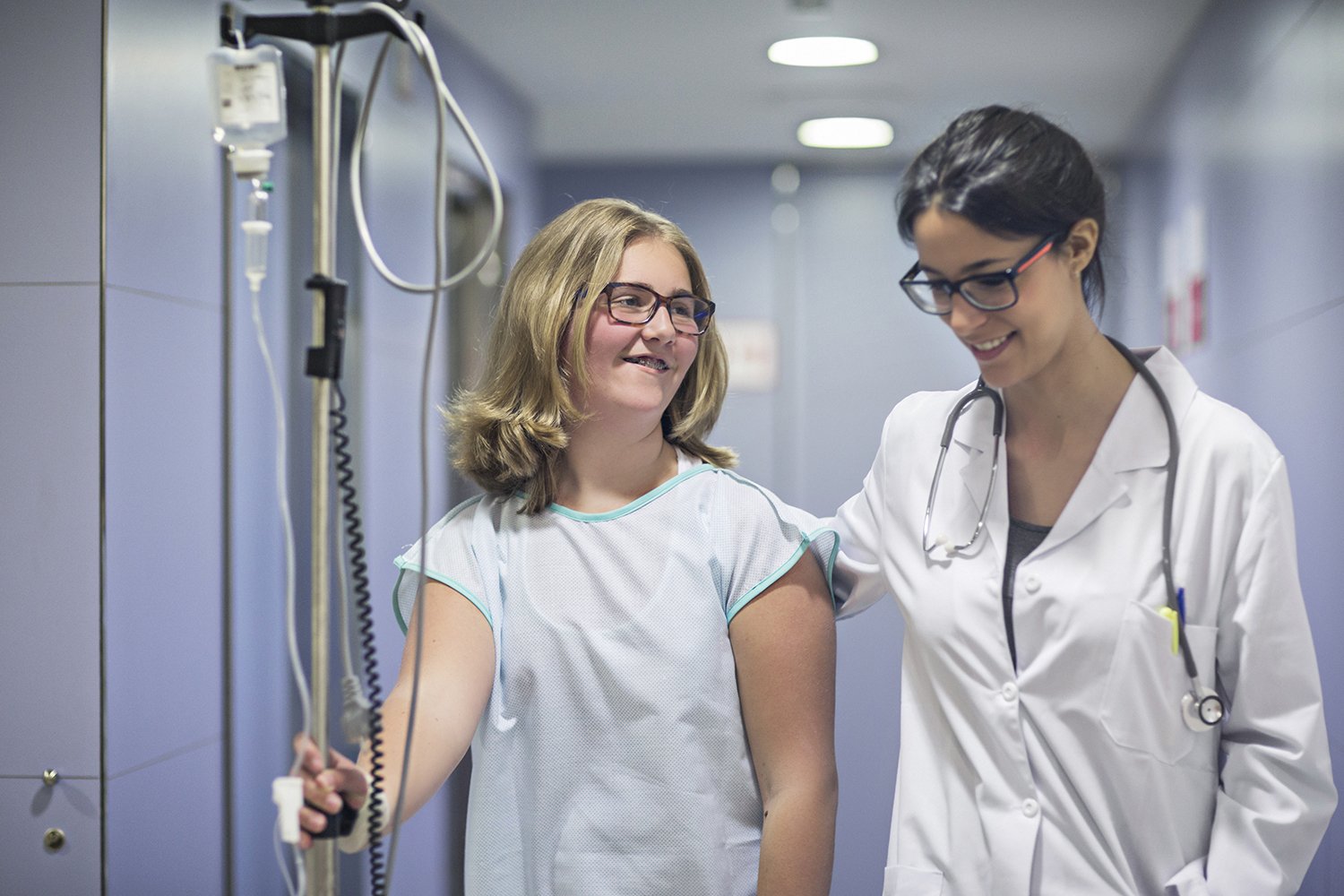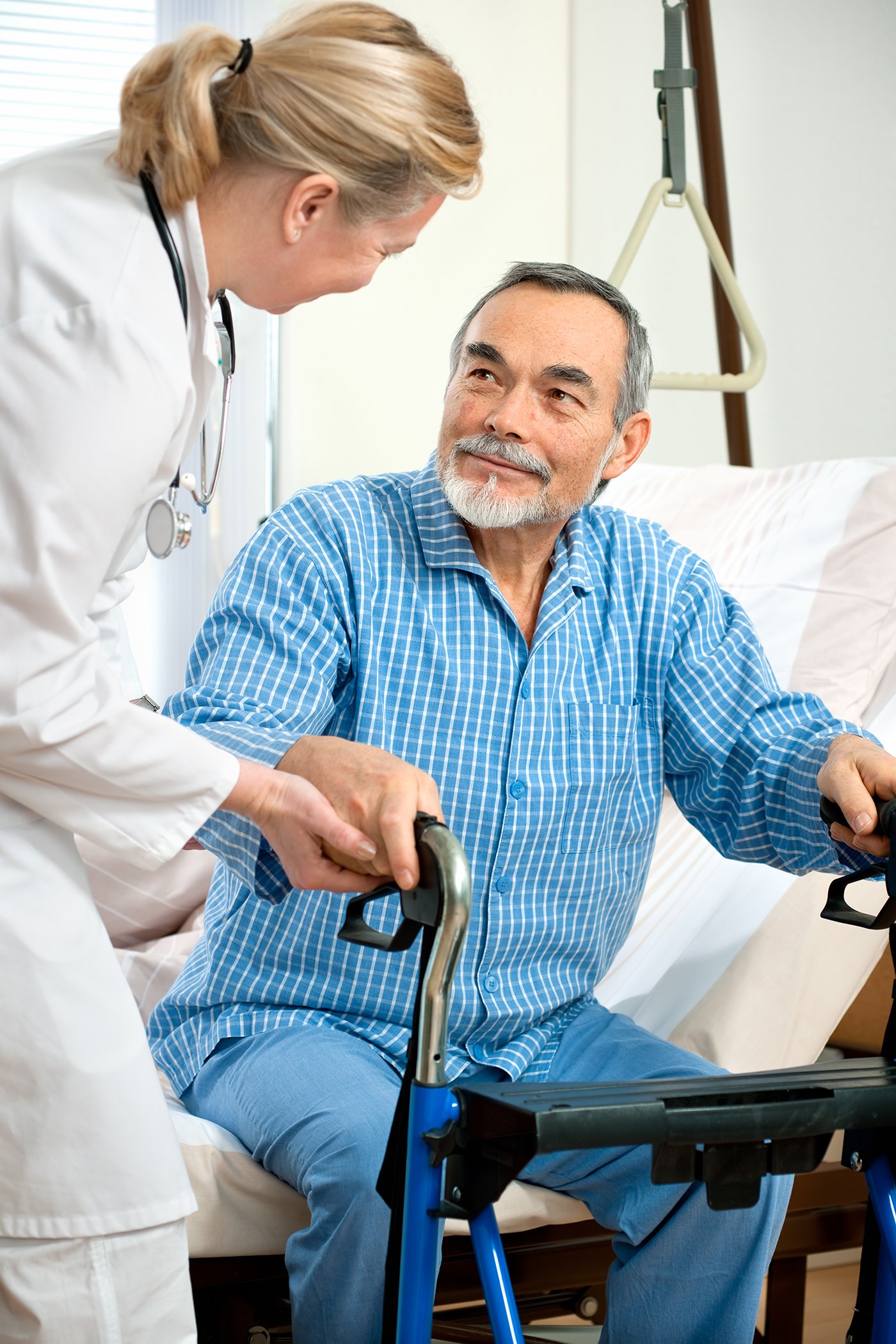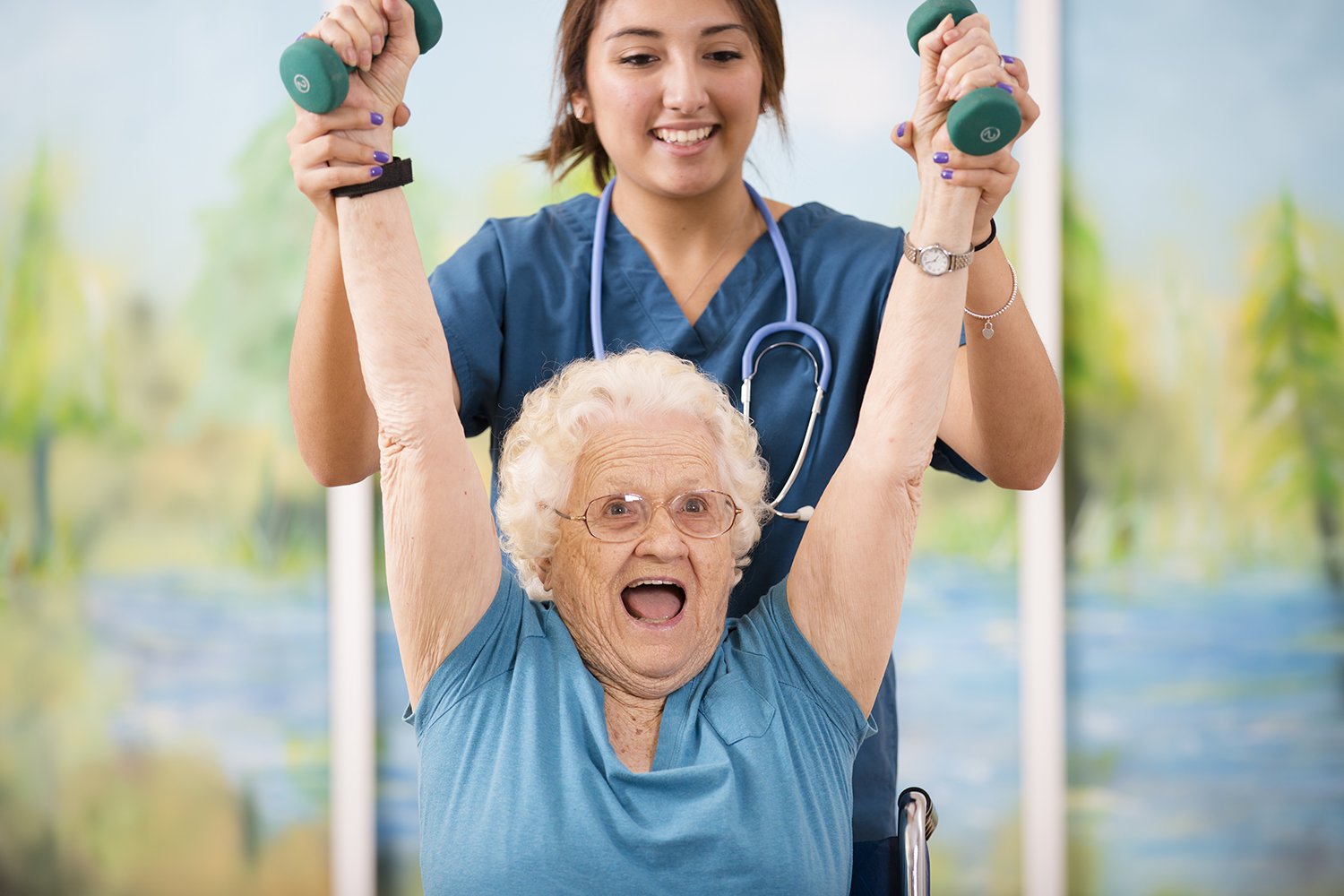Tollos Lifts Your Bottom Line
The use of patient lift equipment has positive direct effects on the fiscal health of our facilities.
Abstract
Early mobility has been proven to shorten hospital stays, lower readmission rates, and provide greater patient satisfaction. All of these factors affect hospital resources. Implementation of a SPHM protocol using patient lifting and repositioning equipment ensures the discharged patient is healthier, creating a better reimbursement situation for the facility.
Background
Patient lift equipment has been available since the 1950s. Yet, some countries still have not adopted standards for its use. In the United States, there is no over-arching federal consensus on lift use; it’s left up to the individual states. However, research has shown that use of a patient lift is much safer than manual hoisting and repositioning, for both the patient and the clinician.
Not only is lift equipment safer than manual transfers, but it can also be used to facilitate early mobility in all types of patients. Early mobility has been proven to demonstrate improved outcomes and increased patient satisfaction, particularly in orthopedic and cardiac patients, even in the ICU.1,2 In fact, in a 2020 paper, research shows that even when an ICU patient exhibits a low level of medical complexity, 50% of them will likely leave the ICU with a reduced capability than they came in with.2,3 Early mobility is the key to reversing this trend and the earlier the better.
Better Outcomes
Better outcomes for the patient lead to better outcomes for the facility. Patients who get out of bed, even if just to a chair to start, have shorter stays in the hospital. In fact, early mobility contributes to shorter hospital stays, lower readmission rates, and greater patient satisfaction.
This, in turn, reflects on the facility’s bottom line as criteria for Medicare reimbursements are now contingent upon patient satisfaction and readmission rates.
New Regulations
In 2012, a new scoring system was introduced by the Centers for Medicare & Medicaid Services (CMS) that factors in overall patient satisfaction.4 The Hospital Consumer Assessment of Healthcare Providers & Systems (HCAHPS) uses different facets of the inpatient experience to determine a facility’s score. While many facilities have collected patient satisfaction surveys for decades, now there’s a national standard. A higher score offers a higher reimbursement.5 The scores are available publicly, so anyone with an internet connection can do their own research, holding facilities transparent and accountable for their quality of care.
Also in 2012, Medicare started cutting payments to facilities with high readmission rates. The Hospital Readmissions Reduction Program (HRRP) was designed to encourage hospitals to engage patients in their own care programs, helping to ensure that discharge plans are followed through, thereby reducing readmission rates.6
This is two-part legislation: hospitals are penalized for high readmission rates by docking a percentage of their reimbursement from CMS. Secondly, CMS is assessing a facility’s performance in relation to other like-sized hospitals. Both segments contribute to the reimbursement strategy.6
Incentives like these helps ensure facilities are doing everything they can to confirm a discharged patient is truly healthy and the hospital is held accountable. Ensuring the patient is healthy when discharged and has had little to no setbacks during recovery is crucial to both the facility and the patient’s well-being.
Patient Satisfaction
Research has shown that the use of lifts not only provides safer transfers and repositioning for both the clinician and the patient, but it also leads to greater patient satisfaction,7 which directly results in better clinical outcomes and increased reimbursement.
Surveyed patients have stated that use of lifts during their stay created a sense of well-being. The rate of pressure injuries is reduced, the rate of patient falls is decreased, patient dignity is maintained, and the feeling of safety while in the lift creates confidence in their treatment plan.7
Equipment
Tollos lifts are designed to take the heavy lifting off of the clinicians. With a Tollos lift, patients of up to 1100 lbs are able to be safely lifted, moved, transferred, toileted, or repositioned with only two caregivers. Whether the need is for ceiling or mobile lifts, new construction or renovation, Tollos is there to provide solutions. We have the most reliable, most versatile equipment available.
Let Tollos create a complete program for you as we strive to be your clinical partner of choice.
1. Bergbower EAS, Herbst C, Cheng N, et al. A novel early mobility bundle improves length of stay and rates of readmission among hospitalized general medicine patients. J Community Hosp Intern Med Perspect. 2020;10(5):419-425. Published 2020 Sep 3. doi:10.1080/20009666.2020.1801373, https://www.ncbi.nlm.nih.gov/pmc/articles/PMC7671722/
2. Engel, Heidi J. PT, DPT Walk This Way—Early Mobility for ICU Patient Recovery*, Critical Care Medicine: April 2020 - Volume 48 - Issue 4 - p 606-607, doi: 10.1097/CCM.0000000000004279 https://journals.lww.com/ccmjournal/Citation/2020/04000/Walk_This_Way_Early_Mobility_for_ICU_Patient.24.aspx
3. Zang K, Chen B, Wang M, Chen D, Hui L, Guo S, Ji T, Shang F. The effect of early mobilization in critically ill patients: A meta-analysis. Nurs Crit Care. 2020 Nov;25(6):360-367. doi: 10.1111/nicc.12455. Epub 2019 Jun 20. PMID: 31219229., https://pubmed.ncbi.nlm.nih.gov/31219229/
4. https://www.cms.gov/Medicare/Quality-Initiatives-Patient-Assessment-Instruments/HospitalQualityInits/HospitalHCAHPS
5. https://www.relias.com/blog/how-do-patient-satisfaction-scores-affect-reimbursement
6. https://www.cms.gov/Medicare/Medicare-Fee-for-Service-Payment/AcuteInpatientPPS/Readmissions-Reduction-Program
7. Alamgir H, Li OW, Gorman E, Fast C, Yu S, Kidd C. Evaluation of Ceiling Lifts in Health Care Settings: Patient Outcome and Perceptions. AAOHN Journal. 2009;57(9):374-380. doi:10.1177/216507990905700904, https://journals.sagepub.com/doi/abs/10.1177/216507990905700904#articleCitationDownloadContainer





